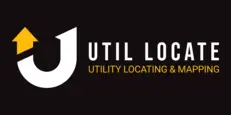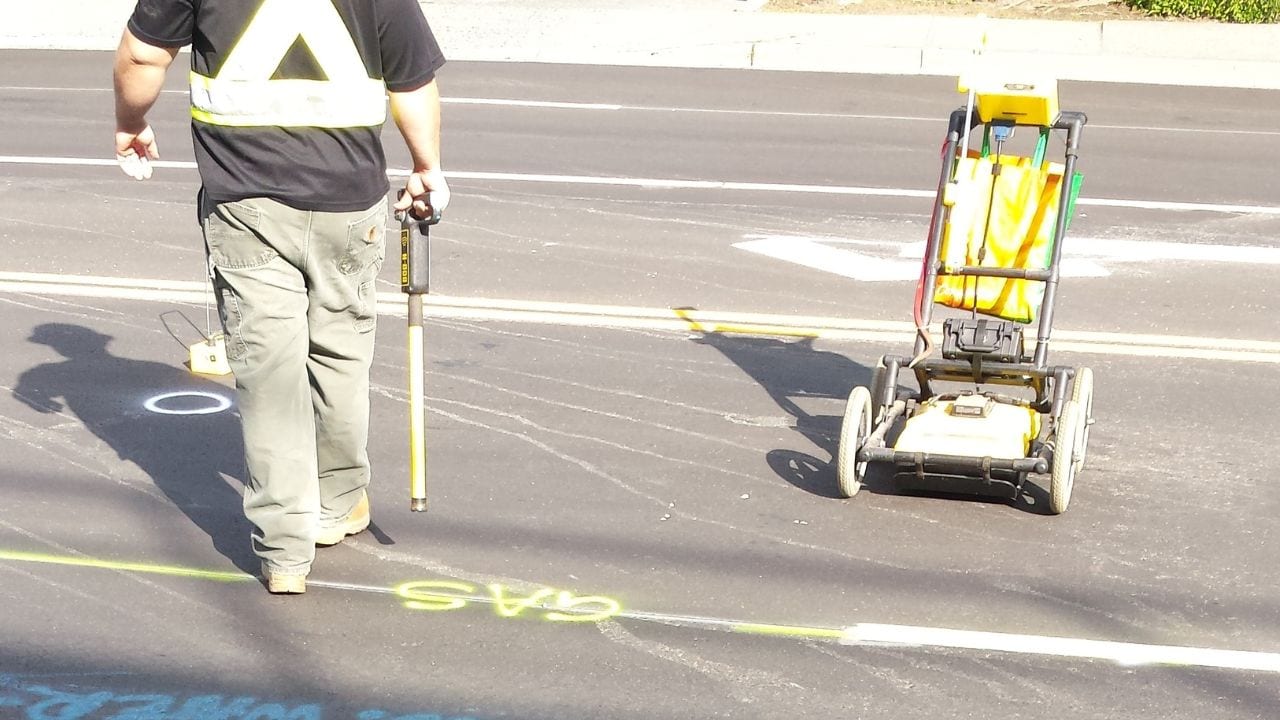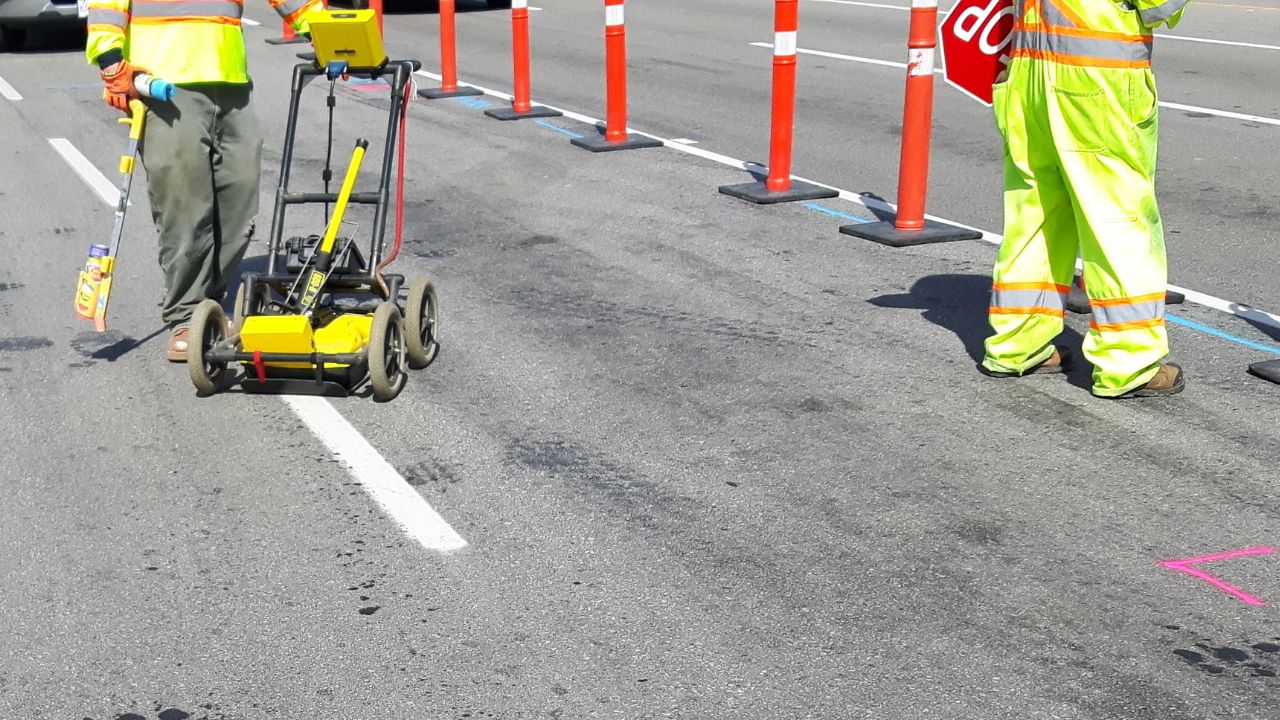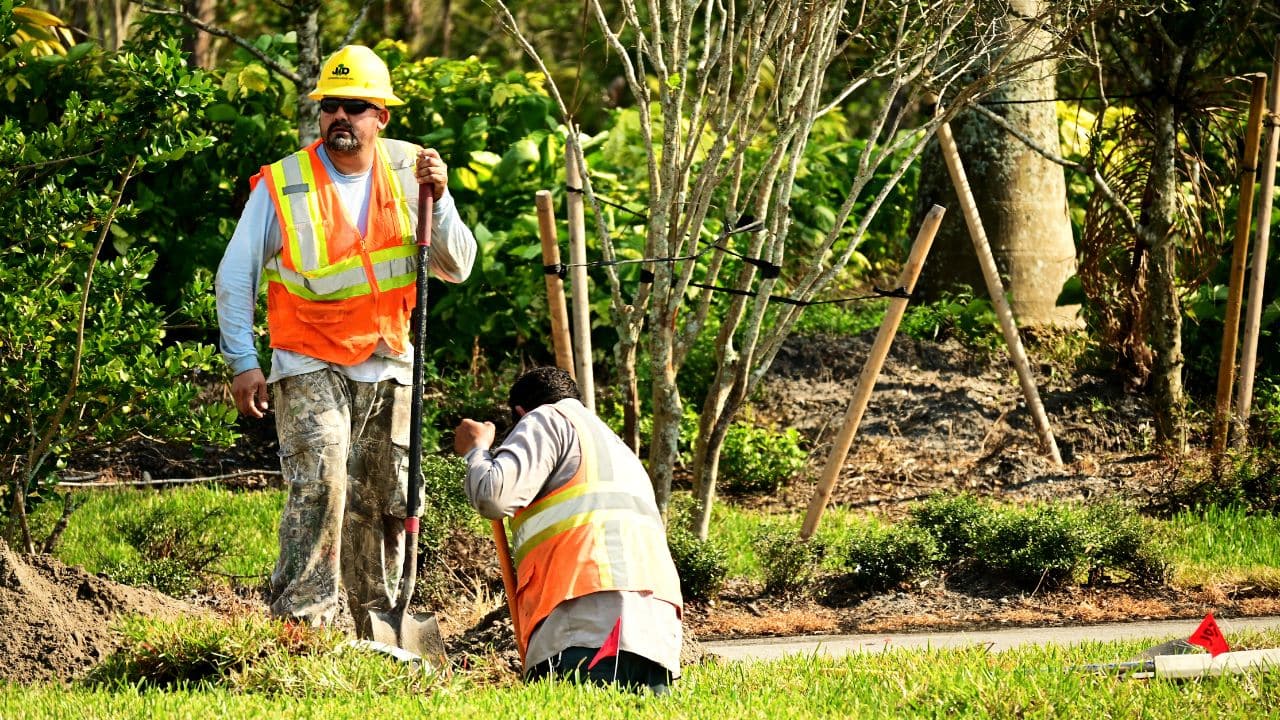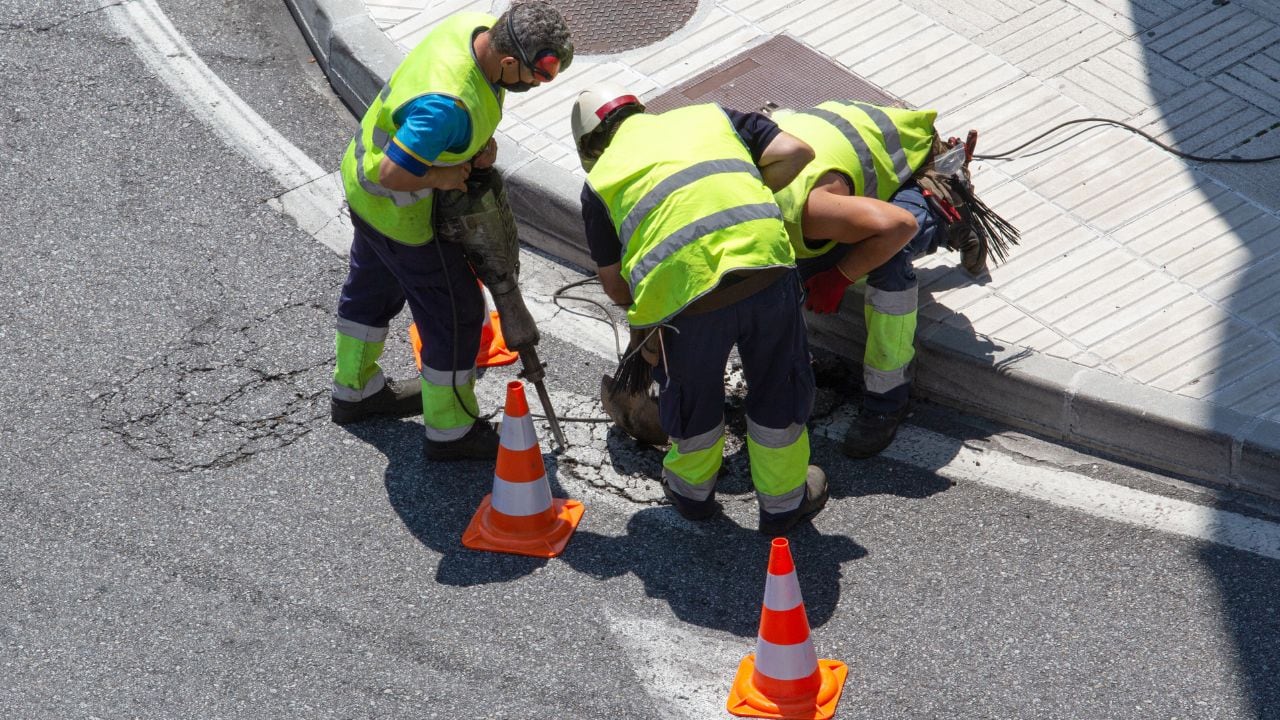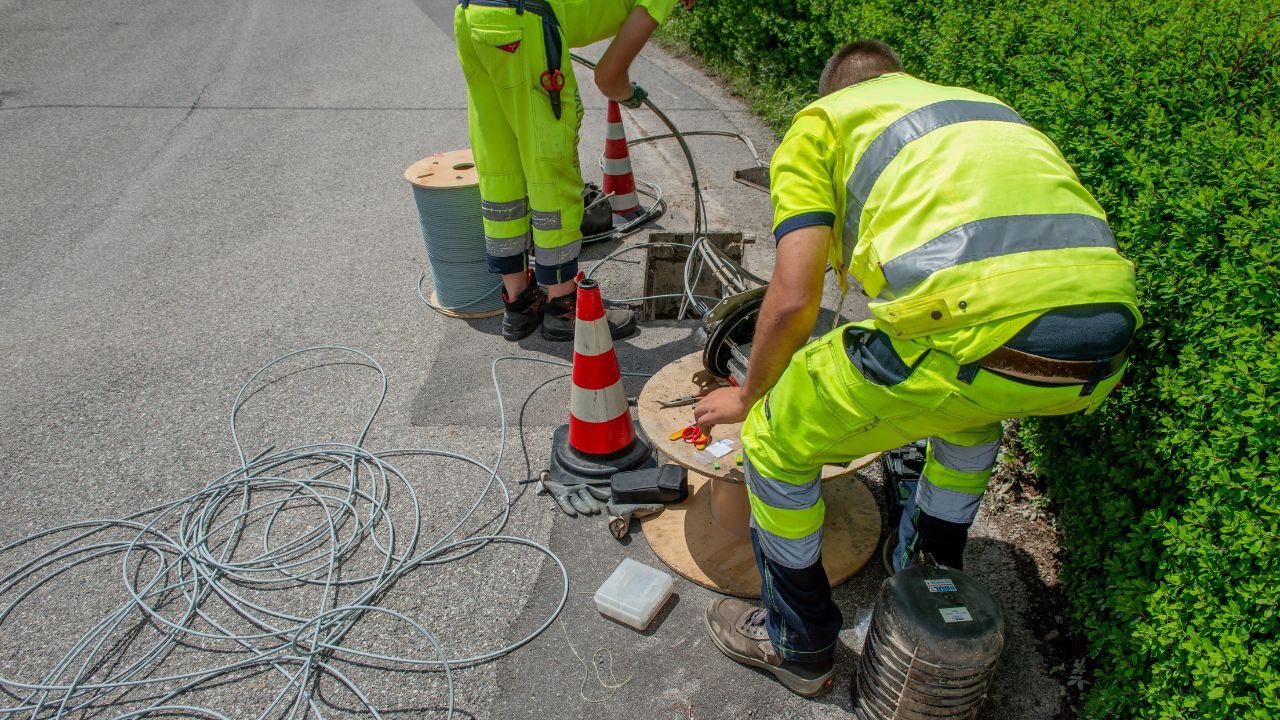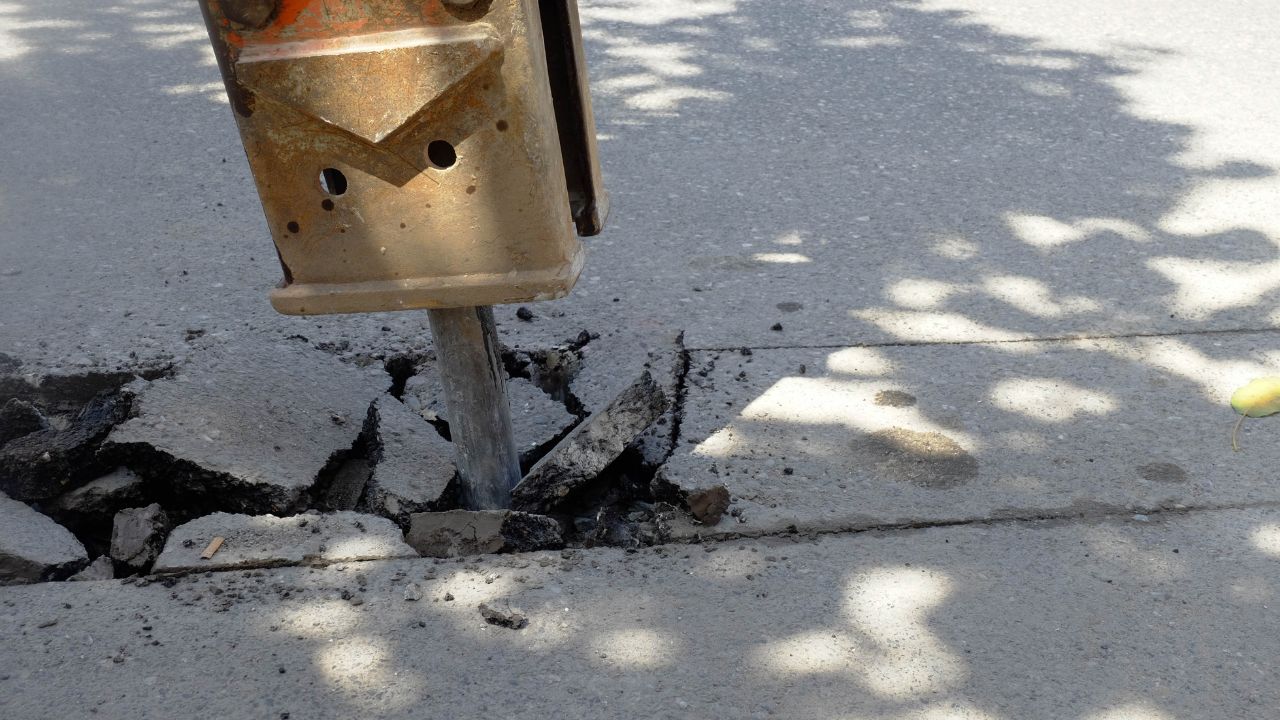Key Takeaways
- Verify certifications and industry standards compliance before hiring a utility locating service to ensure safety and legal compliance.
- Clear and transparent communication is essential to avoid confusion and potential mistakes during excavation.
- Advanced technology, such as GPS units and 3D modeling, is crucial for fast and accurate locating of underground utilities.
- Choose a service that offers comprehensive coverage of all underground utilities, including water mains, gas lines, and private facilities.
- Risk mitigation strategies, like dig alerts and emergency excavations, are necessary to avoid accidents and project delays.
Hiring a utility locating service is a crucial step in ensuring the safety and efficiency of any construction project. Utility strikes, whether they involve gas lines, sewer lines, or power lines, can result in serious accidents, delays, and costly repairs.
To avoid these risks, it’s important to choose the right underground utility locating services. However, not all service providers are created equal.
Hiring Utility Locator? Here are 5 Red Flags to Watch Out For
Hiring the wrong utility locating service can put your project, budget, and safety at risk. Here are 5 red flags to watch out for so you can confidently choose a reliable locator.
1. Lack of Certification and Industry Standards Compliance
The first red flag to look for when hiring utility locating services is whether or not the service provider is certified and adheres to industry standards. The Common Ground Alliance and the American Public Works Association set critical standards that utility locating companies must follow to ensure safety and accuracy.
If a provider doesn’t have the necessary certifications, it may indicate that they are not up to par with industry best practices. An uncertified provider could also lead to issues with legal compliance, potentially resulting in fines or delays in your project.
A certified private utility locating service should adhere to safety protocols and use methods such as ground-penetrating radar (GPR) and GPS units for fast and accurate locating. If you notice that a company does not use recognized safety standards or professional techniques, this could increase the risk of damage to underground utilities, including gas pipes and sewer lines.
2. Unclear or Insufficient Communication
Another major red flag is poor communication from the utility location service provider. A reliable provider should be clear and transparent about the utility locating process, including how they will carry out the work, the technology they use, and the expected timeline.
Additionally, they should be easy to contact, with readily available phone numbers and a Locate Request Ticket system to track your request. If a company does not offer easy communication or seems vague about how they locate buried utilities, this could signal potential problems in the service quality. It may also lead to confusion in the field when dealing with unexpected obstacles like gas pipes or water lines.
If the utility locating service fails to give you something as simple as a color code for the various utility lines, it could confuse excavation, leading to accidental damage to water pipes, fiber optic cabling, or natural gas lines.
3. Outdated Equipment or Technology
Fast and accurate locating relies heavily on the tools and technology used by the locating service. If a provider uses outdated methods or lacks advanced technology, such as 3D modeling or real-time data tracking during excavation, it could increase the chances of missing underground utilities, such as private underground lines or communication lines.
For example, white lining is an essential practice to mark areas where utilities are located. If the provider doesn’t use modern equipment, like electronic positive response, or fails to offer white flags for precise marking, the chances of locating and avoiding dangerous utilities like gas lines or power lines are significantly reduced.
4. Failure to Provide Comprehensive Services
Some utility locating service providers may only offer partial services, such as locating specific utility lines while overlooking other essential underground infrastructure. To avoid costly mishaps, it is crucial to hire a company that offers a comprehensive service covering all underground facilities, including water mains, sewer systems, irrigation systems, natural gas pipes, and private utilities.
A complete utility locating service should also provide detailed utility mapping, which helps in pinpointing buried utilities with accuracy. If a company only offers limited service, it may not identify all the risks, including septic systems or private facilities, that could potentially disrupt your project and pose safety hazards.
5. No Proactive Measures or Risk Mitigation
A key factor in hiring a reliable private utility locating service is its approach to risk mitigation. Utility strikes can result in severe consequences, from injuries to significant environmental damage. If the service provider does not have a clear system to prevent accidents or fails to actively manage risk, this is a huge red flag. For instance, dig alerts, emergency excavations, and Re-Mark Requests should be a part of their process to help prevent damage to underground utilities.
Additionally, a responsible provider should provide you with a locate sheet and other supporting documentation that details the color code for each utility type. If the company is not proactive about informing you of potential hazards and does not take steps to ensure safety, the project could be at risk.
Ensure Your Next Project is Safe with Professional Utility Locating Services
When it comes to construction, safety is paramount. By avoiding these 5 red flags, you can ensure that your project proceeds without any costly interruptions due to utility strikes. Always choose a private underground utility locating service that uses advanced technology, adheres to industry standards, and provides clear communication. At Util-Locate, we offer fast and accurate utility location services that prioritize your safety and efficiency.
Don’t risk damaging underground utilities—contact us today! Our team is ready to assist with utility mapping, private facilities locating, and ensuring your project is safe from utility strikes. Reach out to us now for precise utility location services in California at (714) 492-1380 and Arizona at (480) 535-0230. Let’s protect your construction site and make your next project a success!
